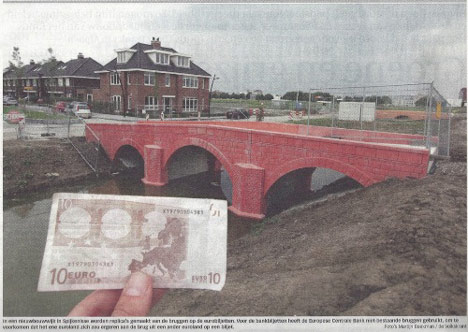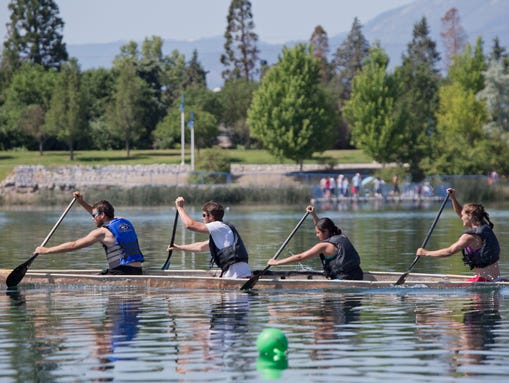A few weeks ago I attended a Society of Professional Rope Access Technicians (SPRAT) training course in Bristol RI at Axcess Rescue for my SPRAT Level II certificate. This means that the past year and half I have accomplished:
SPRAT LEVEL II (LEAD TECHNICIAN)
- Minimum of 6 months and 500 logged rope hours as a SPRAT level 1 (verification of SPRAT log book should be acceptable).
- Complete a four-day rope access training course from a qualified trainer (recommended, not required).
- Complete a level 2 written test
- Level II Field evaluation by an independent SPRAT Evaluator on day 5.
At the training I was able to learn the follow:
- Management and communication awareness
- Job Safety Analysis proficiency
- Principles of mechanical advantage systems
- Load sharing anchor mastery
- Pull-through anchors
- Rope systems analysis
- Cross hauling – (platform and pitch head)
- Rescue hauling – (platform and pitch head)
- Aid climbing
- Pick-off rescue with victim in ascent
The rope access course reviews all level I skills such as:
- Equipment use and inspection
- Job Safety Analysis awareness
- Level 1 Knots
- Back-up device use and handling
- Use of ascending system for ascent and short descents
- Use of a descender for descent and short ascents
- Use of work seat/Bosun’s chair
- Passing Knots in ascent and descent
- Rope-to-rope transfers
- Negotiating a rope deviation (redirect)
- Short rebelay
- Long rebelay
- Negotiate an edge
- Installing and Passing Rope Protection
- Configurations and Strengths of Simple Structural Anchors
- Awareness of load-sharing anchors and force magnification charts
- Climbing with shock-absorbing Lanyards
- Belaying – Methods and communication
- Lowering a load with a two rope system
- Pick-off rescue with victim in descent
- Theoretical rope concepts such as fall factors, safety factors, min. breaking strengths, and safe working loads
A great part about the training was being able to see Level IIIs train next to me. Hopefully in a few years I will be in their shoes going for my Level III. The second part the was useful about the training was the Axcess Rescues instructor has been a big part of the SPRAT organization and has help mold and shape it into the organization it is today.
A great way to stay fresh or learn new rope access techniques are the great videos that are posted on youtube. They walk you through the techniques as if you were in the course.




















































